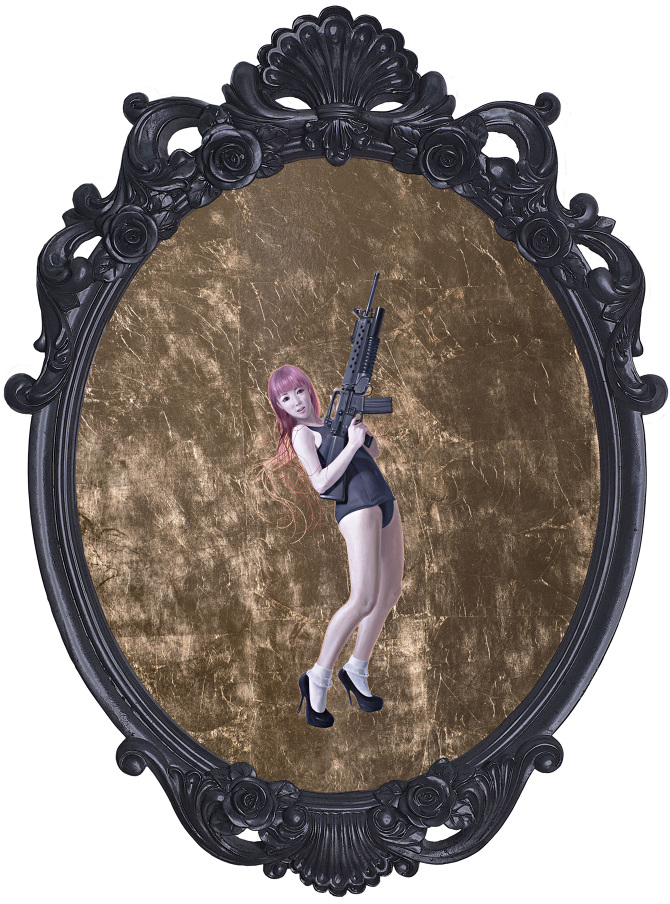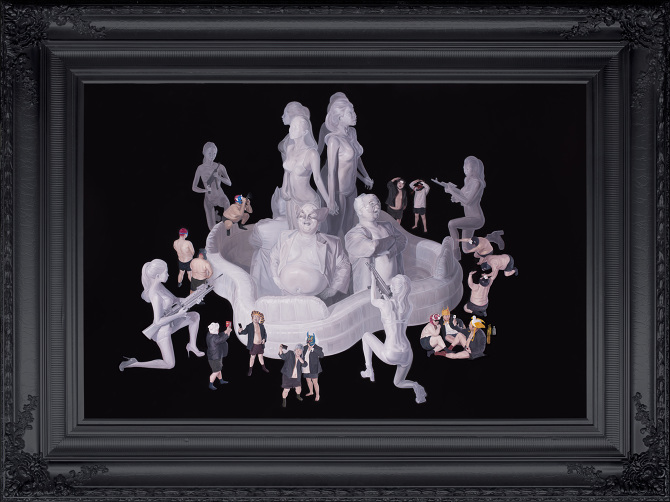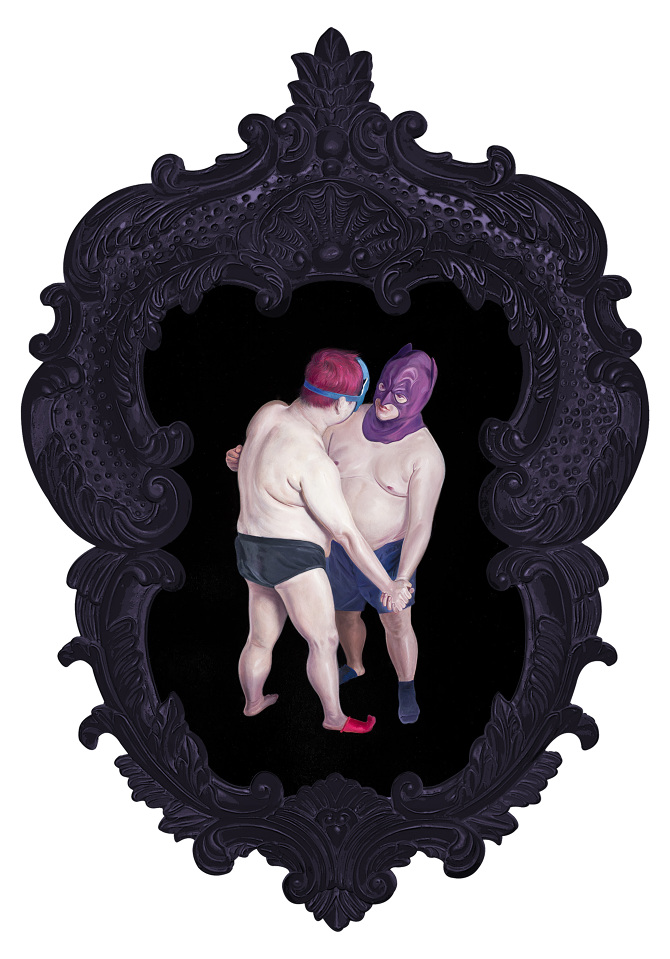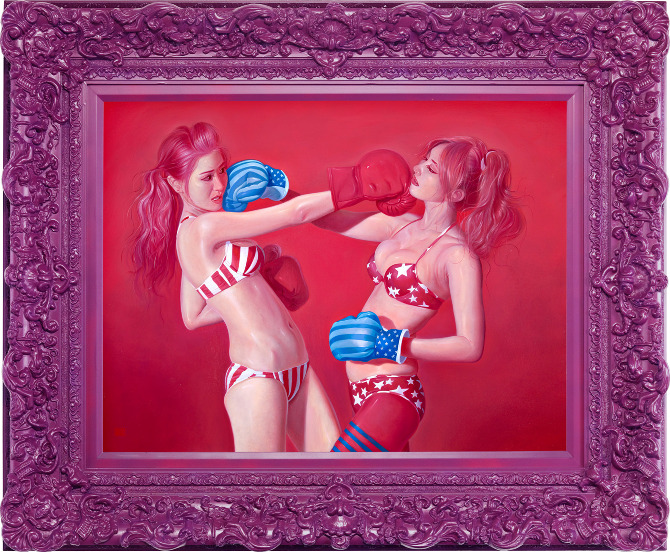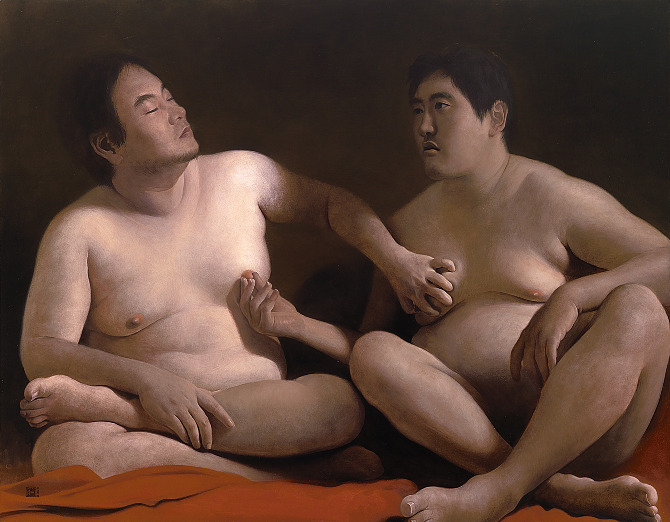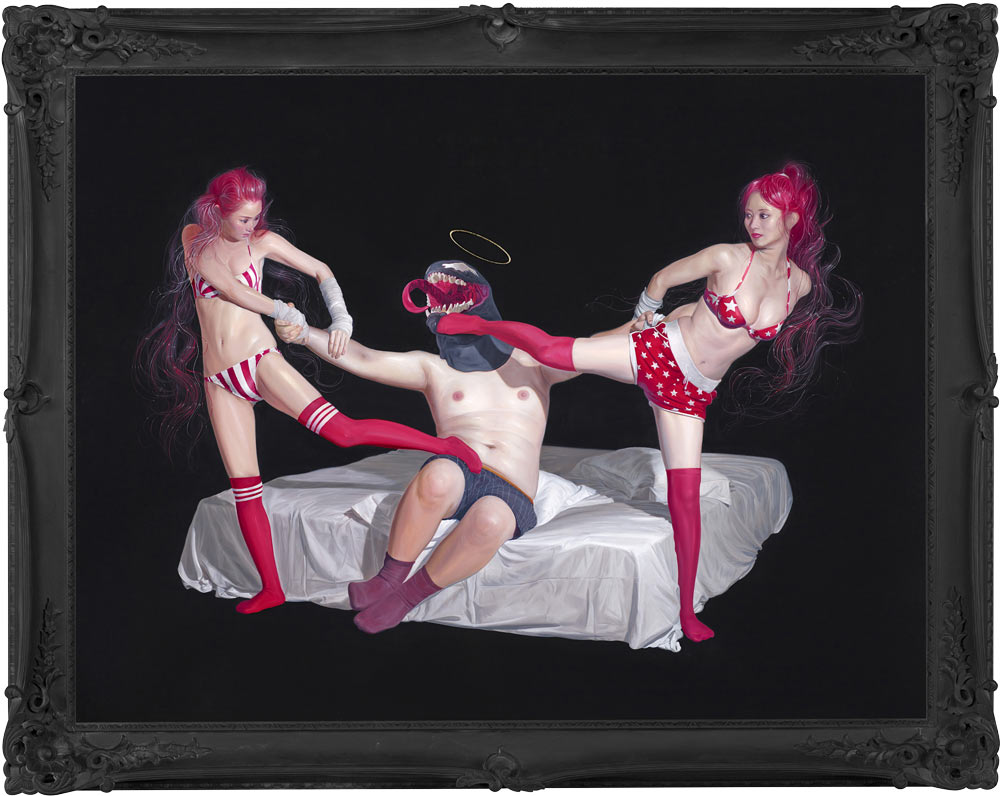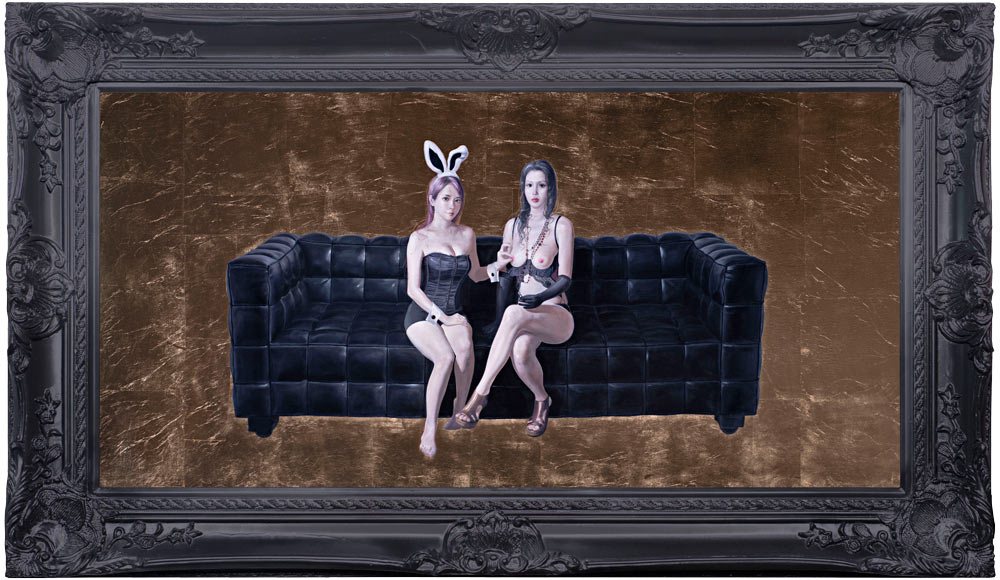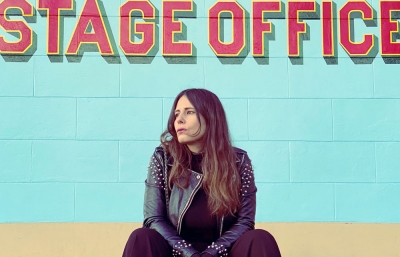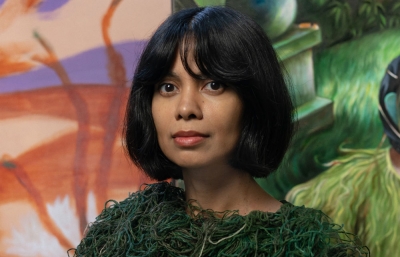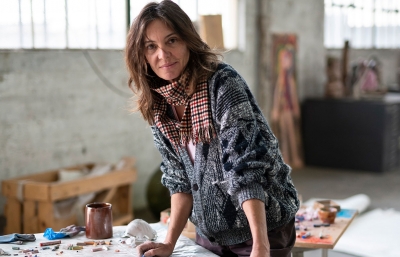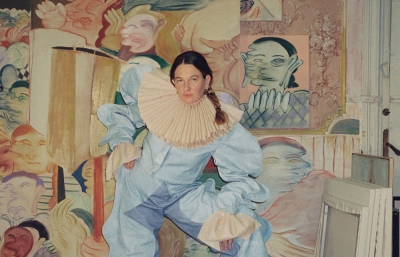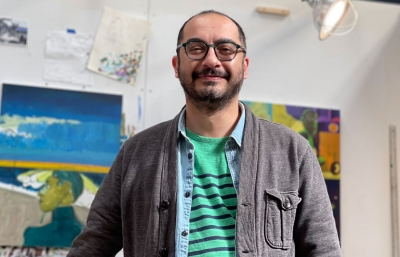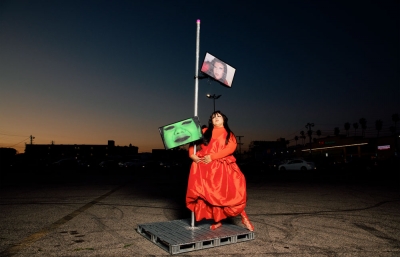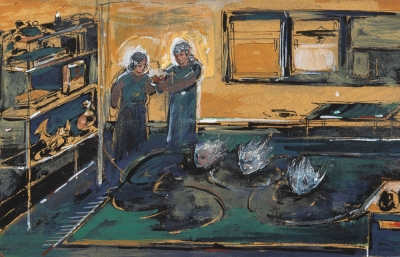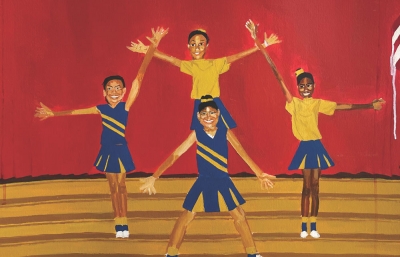While most of us will probably never find ourselves in scenes like these, we have all experienced the same emotions, ambiguous interactions and relationships he describes—confusion, embarrassment, helplessness, phoniness, lust, indulgence, anger and sadness. A self-described “modern day storyteller with an old soul,” Lee Chen-Dao expresses these sensibilities with hints of irony and an air of elegance, employing classical painting techniques to describe timeless human emotions and interactions in a modern context
The following is an excerpt from the January 2015 issue of Juxtapoz Magazine, on sale now.
“You've actually noticed it!” Chen-Dao exclaimed, “the characters in the paintings all carry a hint of happiness, yet are you able to feel and experience this expression?” The look on the faces in Lee Chen-Dao’s paintings arouse and attract interest in how the characters are feeling about the situations we find them in. Their emotions seem open to interpretation. Are they enjoying themselves? Do they have a choice, or do they just go with the flow?
While most of us will probably never find ourselves in scenes like these, we have all experienced the same emotions, ambiguous interactions and relationships he describes—confusion, embarrassment, helplessness, phoniness, lust, indulgence, anger and sadness. A self-described “modern day storyteller with an old soul,” Lee Chen-Dao expresses these sensibilities with hints of irony and an air of elegance, employing classical painting techniques to describe timeless human emotions and interactions in a modern context. I first connected with Chen-Dao while putting together our Juxtapoz Hyperreal book and jumped on the opportunity to reconnect and delve further into his upbringing, the artistic climate in Taiwan, and what world this idiosyncratic cast of characters inhabits. —Alex Nicholson
----
Alex Nicholson: Who are the recurring characters in your paintings, the girls in the cat fights, the heroes, the bosses and the BFFs? What kind of world do they live in?
Lee Chen Dao: The characters in my paintings have numerous types of outfits and each represents a different story and message. My more recent paintings can be divided in two categories, the first being the overweight men in suits with masks, with the suits representing civilization and order, and the masks, deceit and phoniness. Obesity represents the typical, ordinary nature of man, as well as desire. This combination of order, desire and lust, along with deceit, has allowed society to give them the title of "hero" or "boss."
The second category is the naked female characters with rifles. The nudity represents the weak and helpless while the rifles are a symbol of resistance. This character is a representation of many of the common people today. I put a lot of emphasis and observation into the interactions and relationships between people, and I've found that these two types of characters in my paintings both represent the reality we live in today. It is my aim to use my artwork as a medium to express the reality of the world around us, and thus, I decided to vividly depict the contradictions represented in their interactions.
How do sexuality and violence play a role in the paintings?
Yes, there are subtle hints of sexuality and violence in my work. When you strip away etiquette, discipline and order, sex and violence are a direct representation of mankind's true nature and instincts.
There is a playfulness to the physical contact in your paintings, though, and most of the characters seem to be enjoying themselves or, at the very least, having a decent time.
You've actually noticed it! The characters in the paintings all carry a hint of happiness, yet are you able to feel and experience this expression? Whether it’s through a smile, maybe a sense of reluctance, or a even a little bit of sadness?
----
Subscribe to Juxtapoz Magazine and save more than half off the newsstand price. We will also send you the current issue for free!

